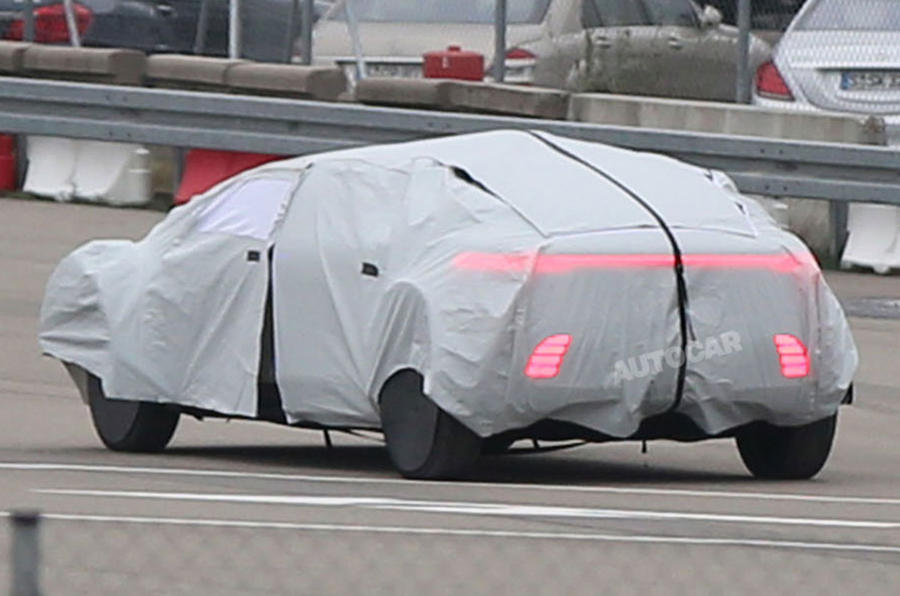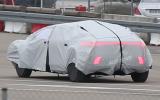Mercedes-Benz will reveal its design thinking for a self-driving car at the Consumer Electronics Show in Las Vegas in early January 2015.
Photographs of a disguised but pod-like concept have surfaced in Germany. Mercedes-Benz design director Gorden Wagener, who is in charge of the project, insists a self-driving Mercedes will be considerably more "emotional" than the recently publicised Google autonomous car, which he dismisses as "more like a device, a piece of public transport".
Wagener told Autocar: "We have already shown part of our concept's proposed interior, and we will show a vision for the whole exterior soon. There is no doubt it is an exciting opportunity, but at this stage we are simply exploring possibilities, not confirming how it will be. I'm not very keen on process design – finding a separate face for an electric car or a fuel cell car or an autonomous car. A self-driving Mercedes might look different from our normal range, but it certainly doesn't have to."
Wagener believes Mercedes' proportions are unique and that the most important thing about any design is how it reflects brand values. "Our cars' long bonnets, with their cabins sitting back over the rear wheels, are so beautiful that I'm not sure we would want to go away from that concept," he said.
In any case, the change to autonomous cars won't come soon – at least not in the next generation of cars.
"We will see cars making convoys on the autobahn first," says Wagener, "but when we turn off we will want to keep enjoying our cars. I believe as long ahead as we can plan, we will value the pleasure of driving."
The firm has revealed the contemporary new interior design that will grace the autonomous mobility concept car at CES.
Developed at the manufacturer's Sunnyvale research and development centre in California, the interior has been conceived to showcase the design and engineering freedoms made possible by autonomous driving technology and the latest developments in gesture, touch and eye detection control.
The multi-faceted four-seat concept interior provides seating on a quartet of high-backed, lounge-style seats that rotate to allow a face-to-face configuration in what Wagener describes as a “digital living space”.
Mercedes-Benz has designed its new interior to allow occupants to interact with the vehicle by means of hand gestures, touch displays and eye sensor detection. The vehicle's surroundings, whether pedestrians, other road users or the local buildings, are also brought into the interior and portrayed as fluid all-round information on displays.






























Join the debate
Add your comment
And yet
The screens?
Very futuristic